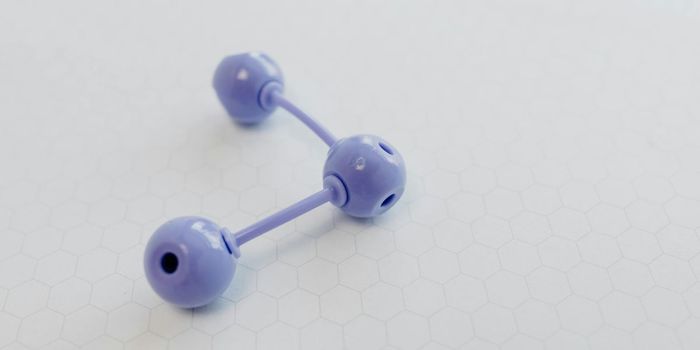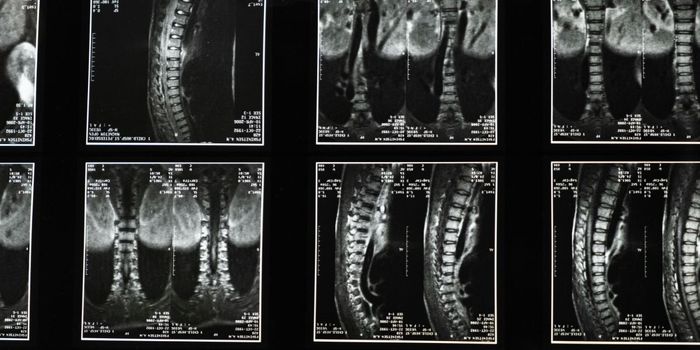Chemistry & Physics
Understanding the Flight Formation of Birds
JAN 20, 2014 12:00 AM PST
Share
Stabilized Receptor Helps to Solve Brain Signaling Mystery
 A picture may be worth a thousand words, but in the worlds of microbiology and neurochemistry, it can be worth even more. For example, protein structures are often studied by X-ray crystallography-a measurement method where a substance is subjected to X-rays, and the subsequent scattering and intensities of the rays can be measured and mapped to give a 3-D "picture" of the atomic structure.
A picture may be worth a thousand words, but in the worlds of microbiology and neurochemistry, it can be worth even more. For example, protein structures are often studied by X-ray crystallography-a measurement method where a substance is subjected to X-rays, and the subsequent scattering and intensities of the rays can be measured and mapped to give a 3-D "picture" of the atomic structure.However, some structures that scientists want to study aren't stable enough or aren't in the proper crystalline form to be able to use X-ray crystallography and achieve good resolution. Opioid receptors fall into this category, but researchers at the University of North Carolina and the Scripps Research Institute were able to stabilize a form of opioid receptor for X-ray crystallography through a protein-fusion process. Their work was published in a recent online edition of Nature.
The high-resolution mapping enabled the research team to discover how this particular type of receptor, known as a delta opioid receptor, is affected by sodium. This discovery allowed the research team to test structural modifications of the delta receptor that could pave the way for new drugs for pain treatment and mood disorders.
For years, scientists have known that sodium is a key component in basic cell function, and also that sodium ions have an indirect switching effect on the signaling of opioid receptors-an important component of the system controlling pain responses, mood, addictive behaviors and reward mechanisms. However, the mechanism of sodium's effect was poorly understood, in part because the receptors were not stable enough to be mapped by X-ray crystallography.
Once the research team devised a method to stabilize the delta opioid receptor, they were able to apply X-ray crystallography to achieve a resolution of 1.8 Angstroms (1 Angstrom equals 10-10 meters). With this level of detail, the team was able to notice critical amino acids in the structure that were able to hold the sodium ion in place, and subsequently give the entire structure of the receptor an orientation that can change its ability to attract specific neurotransmitting peptides. This explains the indirect nature of the sodium interaction.
Chemists were able to use this structural knowledge to theorize, design, and synthesize modified versions of the delta receptor and test their effect on neurotransmitters. As they expected, some of the changes in structure caused a massive shift in the signaling response. In one interesting discovery, the researchers found that some drugs that would normally attach to the delta receptor activated a secondary signaling pathway (the beta-arrestin pathway) in some of the modified receptors.
The team also expects these findings to transfer to the other main classes of opioid receptor (mu receptors and kappa receptors), due to similarities in the architecture of the sodium-retaining sites and the presumed mechanism for orientation change. It's possible that drugs could be developed for novel pathways as well as known ones-in essence, paving the way for future "tuning" of treatment drugs to match specific receptor configurations. Treatments for depression, pain, and similar maladies affected by the opioid system may be greatly advanced as a result.
You May Also Like
Loading Comments...








